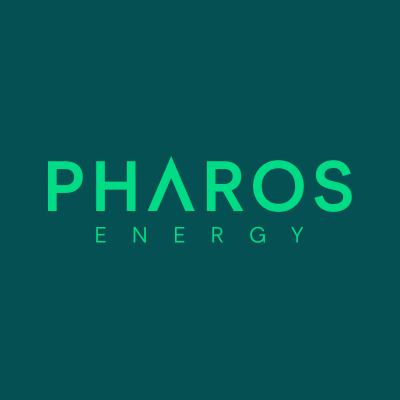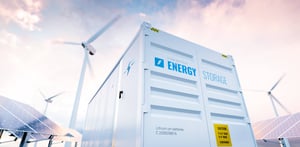Pharos Energy’s first-half production for 2025 came in at 5,642 barrels of oil equivalent per day on a working interest basis, with full-year guidance now narrowed to 5,200 to 6,000 boepd. On the surface, these are uneventful numbers, but the context matters.
In Egypt, that reshaping is already showing results. Pharos has secured a consolidated concession agreement that enhances fiscal terms and extends licence duration across its operated interests. As a direct consequence, its 2P reserves were marked up by around 25% at the end of 2024. That improves the economic profile of its production going forward and repositions Egypt as more than just a mature asset base. There’s also scope for more. Talks with the Egyptian government are under way to explore new areas in the Western Desert, including South Abu Sennan and North Beni Suef.
Meanwhile, the Vietnam side is moving toward a defined catalyst. A six-well campaign across the TGT and CNV fields is due to start late this year, with results expected in the first half of 2026. The programme is targeted and focused on known structures with remaining development potential. Licence extensions on Blocks 125 and 126 provide further running room, with a farm-out process in motion.
Operating cash flow totalled over $16 million in the first half of the year, while unit cash costs remained low at approximately $17 per barrel. The company has no debt and is returning cash, with the interim dividend increased by 10% to 0.3993 pence per share.
Pharos Energy Plc (LON:PHAR) is an independent energy company with a focus on delivering long-term sustainable value for all stakeholders through regular cash returns and organic growth, underpinned by a robust cash flow and resilient balance sheet.







































